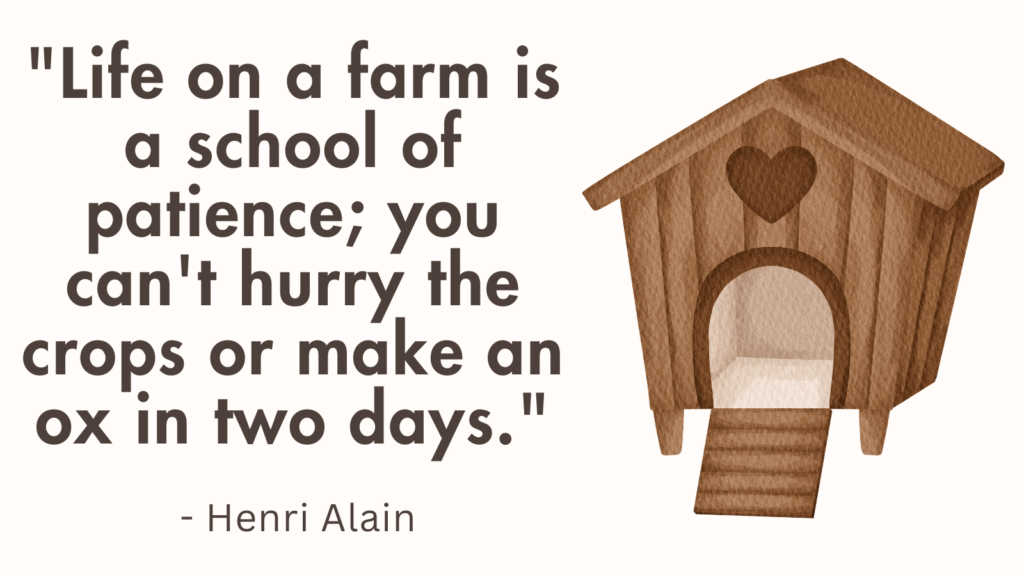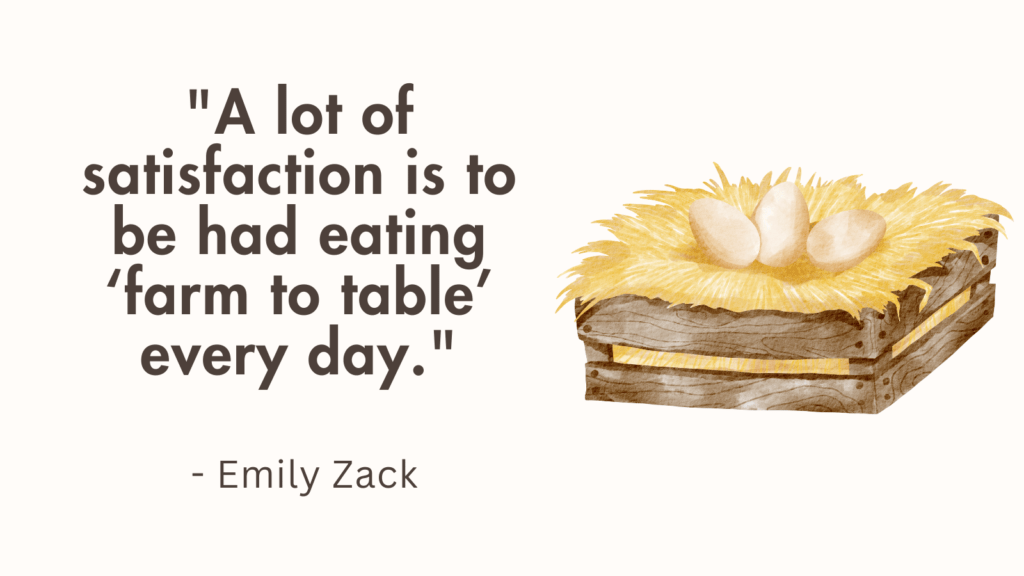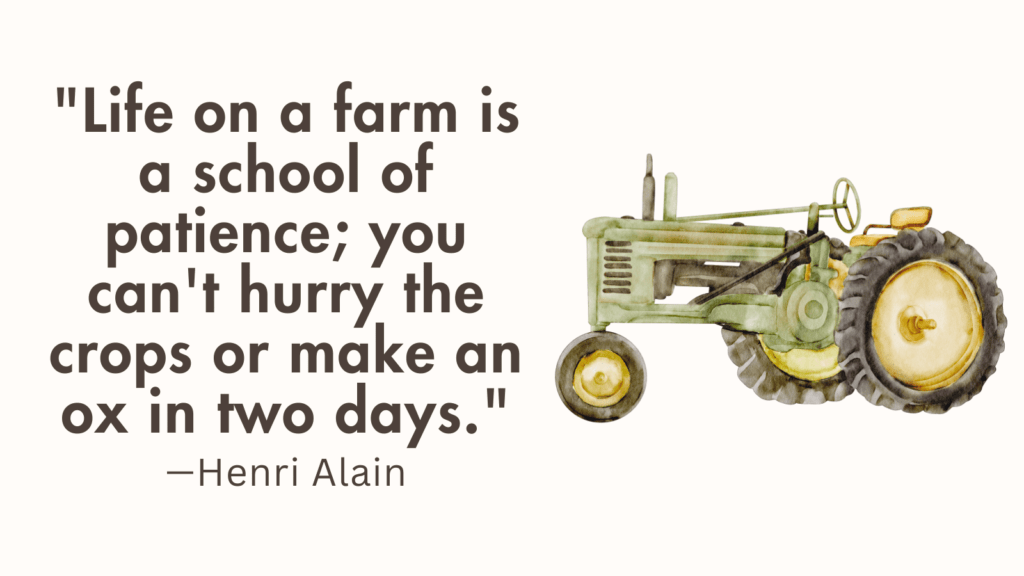In this post, you’ll learn all about Mohawk Chicken.
What Are Mohawk Chicken?
Mohawk Chicken is not a specific breed of chicken, but rather a term used to describe chickens with a unique feather formation or crest on their heads that resembles a Mohawk hairstyle.
These chickens are often sought after by poultry enthusiasts for their eye-catching and distinctive appearance.
There are several chicken breeds that exhibit a Mohawk-like crest or feather formation on their heads.
4 Chicken Breeds with Mohawk Chicken
1. Polish Chicken
Polish chickens, also known as Poland chickens, are renowned for their striking crest of feathers on top of their heads.
These crests resemble a pompom or a miniature Mohawk, making them a highly sought-after breed by poultry enthusiasts.
Polish chickens come in a variety of color variations, including white, black, buff, silver, and golden.
Their friendly and docile nature makes them an excellent option for backyard flocks.
Polish chickens require moderate maintenance as their crests can obstruct their vision and get dirty easily.
Regular grooming, including trimming feathers around the eyes to prevent vision impairment and cleaning the crest to keep it free from dirt or debris, is essential.
Related: Will Chickens Stop Laying If Coop Is Dirty? [Raising Chickens Complete Guide]
2. Silkie Chicken
Silkie chickens are famous for their distinctive appearance, which includes a fluffy plumage covering their entire body, including their head.
The feathers on their heads often form a tuft or crest that can resemble a Mohawk.
Silkie chickens have silky, hair-like feathers that lack the barb structure found in other breeds, thus giving them a unique fluffy appearance.
Aside from their captivating looks, Silkies are known for their calm and gentle temperament, making them popular as pets or for exhibition purposes.
They are docile, friendly, and often tolerate handling well. Silkies come in various colors, including white, black, blue, buff, and partridge.
Given their delicate feathers, Silkies require extra protection from harsh weather conditions, as they are more susceptible to moisture-related issues.
Dry bedding, proper ventilation, and shelter during inclement weather are crucial for their well-being.
Maintaining clean living surroundings and regular grooming help keep Silkies’ feathers in optimal condition.
3. Houdan Chicken
Houdan chickens are another breed with unique feather formations on their heads.
While their crest may not resemble a classic Mohawk, it grows backward and can give the impression of a feathery swirl.
These crests, along with their beard and feathered legs, make Houdans visually distinctive.
Houdan chickens have a long-standing history, originating from France.
They are prized for their egg-laying abilities and are known for producing white eggs.
Houdans come in a variety of color variations, including black, mottled, and white.
As with Polish and Silkie chickens, Houdans require regular grooming and cautious handling, especially due to their delicate crests.
Related: How To Keep Chickens Out Of Garden?
4. Sultans
Sultans, a rare breed hailing from Turkey, possess magnificent crests resembling a tuft of feathers.
Their crest stands tall and upright, forming a striking appearance similar to a Mohawk.
These chickens have a regal aura and are often kept as ornamental birds.
Sultans have a calm and gentle demeanor, making them suitable for small backyard flocks or as pets.
They come in one color variation, which is white with black plumage on their bodies.
Due to their regal crest, Sultan chickens require regular grooming, including cleaning their crests to maintain cleanliness and prevent any vision obstruction.
How to Care for a Mohawk Chicken’s Crest?
Caring for a Mohawk chicken’s crest requires regular attention and proper maintenance.
The crest, which is the fluffy bunch of feathers on top of the chicken’s head, is one of the defining features of Mohawk breeds such as Polish or Houdan chickens.
Here are some guidelines for caring for a Mohawk chicken’s crest:
1. Regular Cleaning
The crest can accumulate dirt, dust, and debris, especially if the chicken free-ranges or spends time in dusty areas.
It’s important to regularly clean the crest to prevent any buildup that could lead to infections.
Use a gentle approach when cleaning the crest to avoid hurting the delicate skin underneath.
– Gently dampen a clean cloth or cotton ball with lukewarm water.
– Carefully wipe the crest, removing any visible dirt or debris.
– If necessary, use a mild, bird-safe shampoo specifically designed for chickens to gently wash the crest. Rinse thoroughly and pat dry.
2. Trimming
The feathers around the crest can sometimes grow long and obstruct the chicken’s vision.
Trimming these feathers can help keep the crest neat and prevent any potential problems.
– Use sharp, clean scissors suitable for trimming feathers.
– Carefully trim the longer feathers around the crest, taking care not to cut too close to the skin.
– Trim only the excess length to maintain the crest’s shape without causing discomfort to the bird.
Related: Can Horses Eat Clover?
3. Protection from Extreme Weather
Mohawk chickens with larger crests may be more sensitive to extreme weather conditions, such as excessive heat or cold.
Taking necessary precautions can help protect their crest and overall well-being.
– During hot weather, provide shade and access to cool, fresh water to help the chicken regulate its body temperature. Consider misting the surrounding area to create a cooler environment.
– In extremely cold weather, provide shelter or a coop that offers protection from drafts and freezing temperatures. You can also consider using chicken sweaters or other protective gear specifically designed for chickens with crests to keep them warm.
4. Preventing Crest Infections
Mohawk chickens with larger crests, like Polish or Houdan breeds, may be more prone to infections due to the moist environment created by the feathers.
Vigilant monitoring and proactive measures can help prevent crest infections.
– Regularly inspect the crest for any signs of redness, swelling, discharge, or foul odor, which may indicate an infection.
– If you notice any signs of infection, consult a poultry veterinarian for appropriate treatment options.
– Keep the living environment clean and dry to minimize the risk of bacterial or fungal growth. Remove soiled bedding promptly and ensure proper ventilation.
Related: Does Clover Grow In Shade?
5. Mite Prevention
The dense feathers in a Mohawk chicken’s crest can attract mites, leading to discomfort and potential health issues.
Regular checks and preventive measures can help control mite infestations.
– Inspect the crest regularly for signs of mites, such as visible insects or redness and irritation on the skin.
– Dust the crest with poultry-friendly diatomaceous earth or use a poultry-approved insecticide powder as per the manufacturer’s instructions to control mites.
– If the infestation is severe or persists, consult a poultry veterinarian for further guidance and treatment options.
6. Handling and Interaction
When handling a Mohawk chicken with a crest, it’s essential to be gentle to avoid causing stress or injury.
– Approach the chicken calmly and quietly to minimize any potential distress.
– Avoid excessive touching or pulling of the crest, as this can cause discomfort or damage to the feathers or skin.
– If necessary, support the chicken’s body securely while minimizing contact with the crest to reduce the risk of injury.
Related: How to Protect Your Watermelon Farm?
7. Balanced Nutrition
To maintain overall chicken health, including the condition of the crest, providing a balanced diet is crucial. Proper nutrition helps promote feather growth and supports the bird’s overall well-being.
– Offer a high-quality commercial poultry feed appropriate for the age and stage of the chicken.
– Supplement the diet with fresh fruits, vegetables, and occasional treats such as mealworms or crickets, providing additional nutrients and enrichment.
– Ensure access to fresh, clean water at all times.
Remember, individual Mohawk chickens may have different needs and sensitivities, so it’s important to observe your bird closely and customize their care accordingly.
Regular veterinary check-ups are also recommended to address any specific concerns and to ensure the crest’s health and overall well-being.
Conclusion
While there might not be a specific breed called the “Mohawk Chicken,” several chicken breeds possess unique feather formations or crests that resemble a Mohawk hairstyle.
Polish, Silkie, Houdan, and Sultan chickens all exhibit captivating crests or feather tufts on their heads, making them distinct and sought-after in the poultry world.
When considering adding any of these breeds to your flock, it’s important to remember that the care requirements for their crests differ from those of standard breeds.
Regular grooming, maintaining clean living environments, and observing their overall health are essential aspects of raising chickens with Mohawk-like feathers.
Whether you choose Polish chickens for their friendly nature, Silkies for their fluffy and gentle personality, Houdans for their egg-laying abilities, or Sultans for their ornamental appeal, these breeds offer unique visual interest to any backyard flock.
Related: Can Goats Eat Watermelon?
FAQ
Are Mohawk chickens good for egg production?
While Mohawk chickens, such as Polish or Houdan breeds, may lay eggs, they are not known for their high egg production.
These breeds are generally considered ornamental or exhibition birds rather than prolific layers.
If you’re looking for chickens primarily for egg production, there are more suitable breeds to consider.
Related: How to Grow Winter Peas?
Are Mohawk chickens suitable for backyard or urban farming?
Mohawk chickens can be suitable for backyard or urban farming, depending on the breed and your specific circumstances.
Some Mohawk breeds, such as Silkies or Polish chickens, are generally calm and docile, making them suitable for smaller spaces.
However, keep in mind that they may not be the best choice if you prioritize high egg production.

Garden Cart
*As an Amazon Associate I earn from qualifying purchases, at zero cost to you, if you click through the link and finalize a purchase.





